|
My friend recently embarked on a memoir project. She had begun writing, but was not sure how to focus her story. In fact, she didn’t realize that she had some choices to make. Despite the plethora of memoir titles, basically two types of memoir exist: chronological and topical. Of course, endless variations exist within these two categories. So how do you decide what kind of memoir you want to write? You might find it useful to think about your purpose in taking on this possibly (most likely!) time-consuming task. What do you hope to communicate? Who is your intended audience? Do you want to document significant life events to help your descendants better understand where they came from and what makes your family unique? You may want to help your children, grandchildren, or other loved ones feel more connected to your family. Do you have your own, or ancestors’ stories of immigration? Job loss? Overcoming adversity? Perhaps you want to record for posterity information about your ancestors, where they were born, and how their choices have influenced on your family. Do you have family stories that have made an impact on your life and feel strongly that they should be passed on? Regardless of what has motivated you to consider the step of writing a memoir, it is helpful to decide which format you want to use to best tell your story. Chronological Memoirs A chronological memoir means pretty much what it sounds like; a series of branching events (a story structure such as the Birren Center for Autobiographical Studies uses) that have occurred in your life that take you from birth (generally) to where you are today. Within this chronological framework, multiple personal, local, national, world events, or changes in life circumstances can become inspiration for the stories you include. Details of your life such as birth, schooling, marriage, children, and different places you have lived can all be included in chronological order. In many memoirs, however, the story does not lend itself to sticking to a strict chronology. This leads us to the topical memoir option. Topical Memoirs While topical memoirs may include details of your growing up years, the reason to include these biographical details is to flesh out the topic you are writing about. Choosing a focus requires an understanding of the thrust of your memoir. It is helpful (although certainly not a requirement) to have an idea of what your theme is before you begin writing your story. You may need to begin writing before you can understand your “most important thing.” The act of documenting your stories can become a discovery process, helping you learn what you really care about and want to share. The scope of your project is limited only by the topic you, as the writer, choose to share. In a topical memoir, the theme of the book, the “topic” is the driving force in the organization of your story. In this type of memoir chronology matters much less than how you offer supporting information to convey your story. Perhaps you had one significant experience you want to reflect on. A life-changing trip? A job that has been transformative in your life? Surviving a significant loss? A specific family member who led an extraordinary life? Do you want your most consequential decisions documented for the edification of whoever you have in mind? You may have experiences that have given you expertise in a specific field—education, research, building a business, taking on a cause. Have you volunteered with an organization that is making a difference in the lives of others? You will still need to decide what is most important if you hope to move forward with your memoir. In avoiding a decision about how you want to structure your story, you can still write your memoir, but the result may be disappointing. Multiple memoirs? You might have more than one memoir inside you. Great, but start with one. If you have time, energy, and enthusiasm to write another one, then go for it! When thinking about the type of memoir you want to write, you may encounter more questions than answers. You are the one who gets to decide which stories you will tell. However, seeking feedback from others can help point you in the right direction if you’re uncertain about what are the most important parts of your story to share, and how best to get the information across. Getting it done Regardless of your motivation or how you structure your story, without a plan your good intentions are likely to remain aspirational. Seek out accountability partners, ask for professional help, or simply start telling people what you want to do. Voicing your intention can make the difference in whether you actually get something written. Unless you get started, the day will come when you understand that you missed the opportunity to share something others may find of great value. The choice is yours. AuthorMarjorie Turner Hollman is a personal historian who loves the outdoors. She has conducted numerous interviews for the Library of Congress Veterans Oral History project. Her multiple workshops have been presented at area and regional conferences. A freelance writer and editor she has been published in local, regional, national, and international publications. Her latest book is her topical memoir, My Liturgy of Easy Walks. www.marjorieturner.com
0 Comments
The day before Halloween, my husband and I helped our daughter set up an ofrenda, an altar, in her apartment in Mexico City for Dia de Muertos, the day when Mexicans celebrate and remember family and friends who have passed.
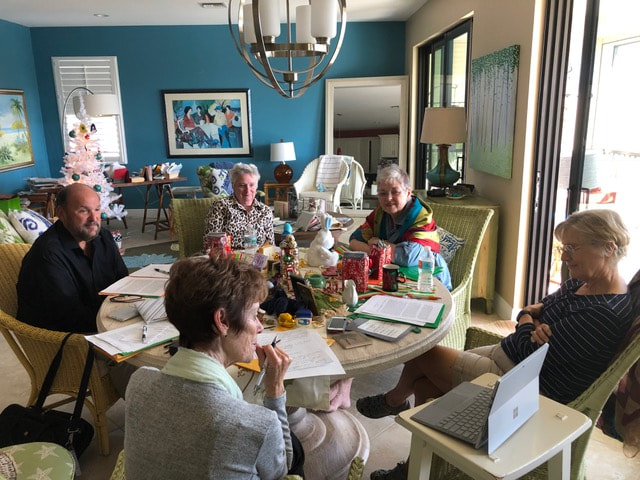 “Writing my life’s stories feels overwhelming. How, where, and when do I start?” “What life stories should I include? Will I remember enough of the right things? What’s important to tell?” “Will anybody care about my stories?” I struggled to answer these questions when I started writing about my own life. My struggle isn’t unique. Many of the people that I encourage and support in excavating and sharing their life stories encounter these types of questions themselves. It takes courage and commitment to begin and maintain the process of creating a written narrative of the past. Guided Autobiography (GAB) helped me meet the challenge. Originally developed in the 1970’s by Dr. James E. Birren at the University of Southern California, the GAB method uses specific strategies in a series of class sessions to help participants delve into their memories and determine what’s important to write down and share. Since participating in a GAB class and becoming certified as a GAB Instructor, I’ve used it to answer some of the questions that get in the way of writing personal stories. Here are a few features of GAB that I’ve found valuable in overcoming story-inertia: Groups Get Us Going GAB classes tap into the collective power generated by a group of people with a shared interest. Trained instructors create an interactive and supportive group environment, guiding students through the GAB process, where encouragement from others provides a springboard to launch into memories and dive into personal stories. Confidentiality, a core principle of GAB classes, allows students to express and reveal their vulnerability without fear of exposure outside the small group. Themes Lead to Compelling Scenes More akin to memoir than to traditional linear autobiography, the GAB method uses universal life themes to excavate and write about meaningful memories. With universal themes and prompts, participants find relevant stories anywhere on their life’s timeline, without feeling bound to a chronological order. Stories begin to unfold and unfurl, like a richly woven tapestry of pictures, patterns, and sometimes new perspectives. Tackling a Big Task Two Pages at a Time Embarking on a memoir, or simply writing single personal stories, can feel overwhelming, even intimidating. Writing stories in short segments makes the process more manageable, less daunting. GAB participants write two-page stories outside of class to read aloud to the group at the next meeting. By the end of a series of GAB sessions, participants have a collection of personal story “vignettes”. These two-page installments can blossom into longer stories, more stories, heirloom books for family and friends, full-length memoirs, or other life story projects. Caring and Sharing GAB classes cultivate and celebrate the uniqueness of our experiences, while also finding common ground, understanding, and empathy. Each GAB participant shares a part of themselves through reading their stories. Each GAB participant also actively listens and witnesses other peoples’ life stories. Compassionate caring and connection are hallmarks of the GAB experience. GAB classes demonstrate the value and importance of capturing life stories. Learn more about Guided Autobiography by visiting the Birren Center online at www.guidedautobiography.com. AuthorPeggy Rosen helps others write and share their life stories in workshops and Guided Autobiography classes. She lives, writes, hikes, bikes, and skis in New Hampshire’s White Mountains. 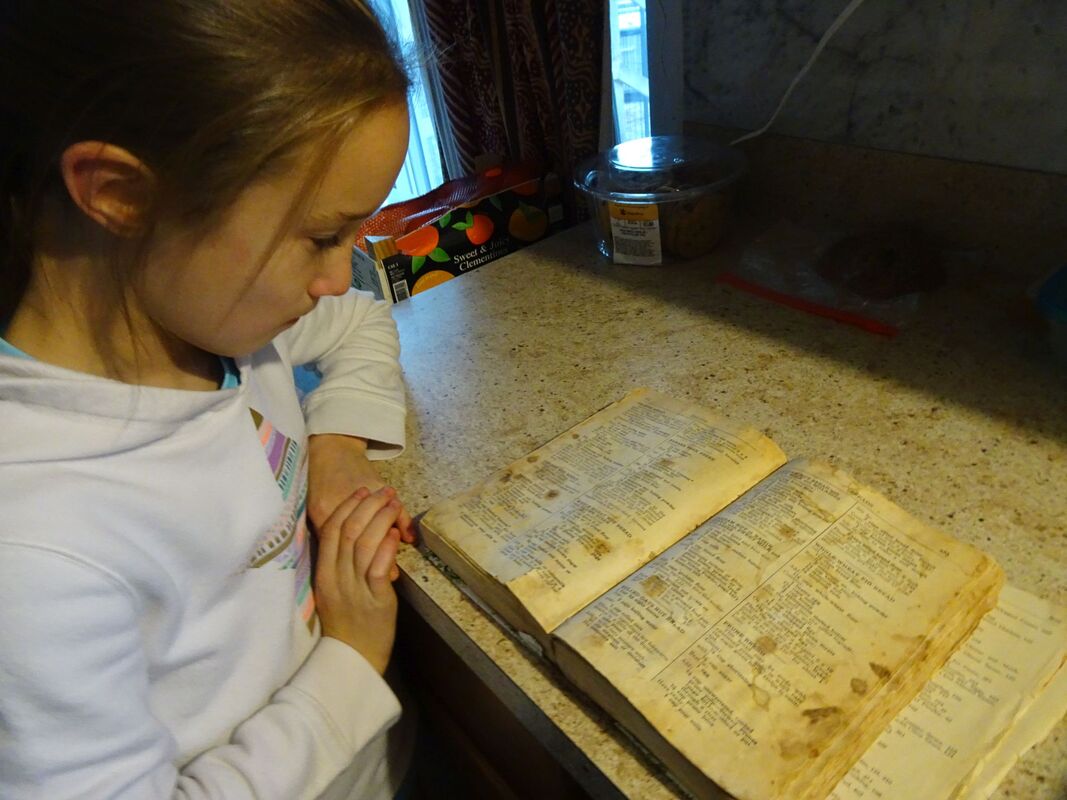 Learning family stories while baking together Learning family stories while baking together We often think about preserving the memories of family members who are older—parents, grandparents, or aunts or uncles, when we set about writing our family stories. However, children have stories too. They have strong feelings about family and events within their own environment. Children have quite different, often surprising perspectives compared to their older extended family members. So how do you draw out these stories of family life from a child? An important place to start is to affirm that their stories have value, and that you are truly curious about what they think about various topics. This means controlling your own urge to complete their thoughts, interrupt, or otherwise ask leading questions that you think you know the answer to. A helpful tool in affirming the value of a child’s stories is to write down in real time their answers to your questions. Alternately, you may choose to record their stories. Make sure they are aware and agree to your recording their stories. The act of documenting a child’s thoughts and feelings is a powerful way to convey the child's importance within the context of their larger family. Sharing activities like baking traditional family recipes can provide the perfect environment for asking a child questions, and sharing some of your own stories. Consider pursuits you know a child is interested in. Why do these activities interest them? What keeps their interest and how do they participate in any specific pursuit? Children are involved in family gatherings. The days of being “seen not heard” are thankfully in the past. We want children to take part in these family events, but often forget to inquire into how they feel about the occasions. Do they look forward to them or not? Why? Do they have favorite foods that are shared? Think Thanksgiving, Christmas, summer picnics, birthday celebrations, and others events specific to your family. Here are some suggested questions for you to use to help get your memory session started when interviewing a younger family member: What are your earliest memories? Tell us about a favorite toy and what makes it your favorite? What is your favorite food? How do you like it to be prepared? What makes you sad? What is your idea of fun? If you had to leave your home quickly in an emergency, what is the one thing you would make sure to take with you? What’s your favorite time of year? What do you enjoy doing in that season? What’s your favorite piece of clothing and why? What’s your favorite song? Can you sing it for me? If you have siblings, what do you enjoy most doing with them? Have you taken a trip? If so, what do you remember about it? Best thing? The hardest part of traveling? If you could change anything, what would it be and why? Remember…children grow up. One day they may understand that the gift you give to them is one they can pass on to others. AuthorMarjorie Turner Hollman is a writer who loves the outdoors, and is the author of numerous Easy Walks books. She has written for local, regional, and national publications over the past 25 years. www.marjorieturner.com 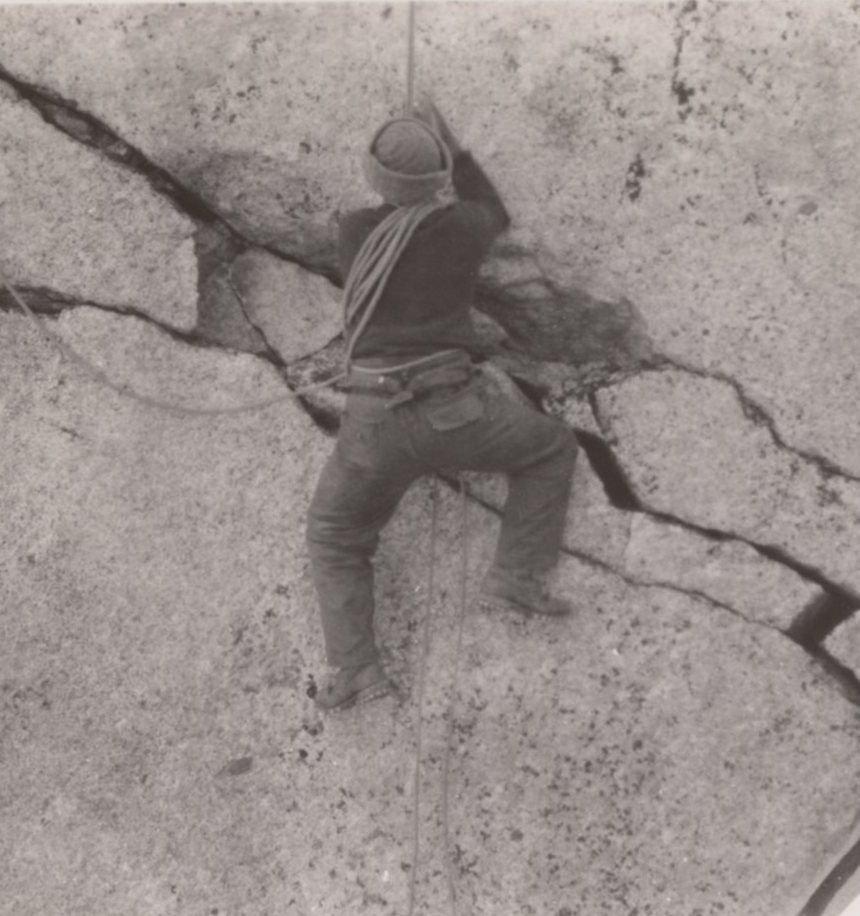 By Peggy Rosen Pull out a sepia-toned photo from the 1920’s of my Great-Aunt Bess. I’ll take delight in sharing the stories that have become family legend, about an adventuress ahead of her time. Equally comfortable on rock, snow, or ice, and as tough as her hobnailed boots, Elizabeth (Bess) MacCarthy became one of the most accomplished female climbers in North America. She scaled many peaks in the Canadian Rockies, making first ascents of formidable climbs such as Bugaboo Spire in 1916. In 1917, she climbed the challenging Mt. Hungabee, the first woman to stand on its summit. Show me an image of my college-aged-self suspended on a ropes course high in the treetops. The smell creosote-soaked timbers, sweat, mosquito repellant is overwhelming. The sound of the whistling wind takes me back to the wilderness camp in the heart of New York’s Adirondack Mountains –- an experience that influenced the course of my adult life. I might even tell you, with a grin, about seeing the hit movie that summer that everyone was raving about — “Star Wars – A New Hope.” Photos serve as a strong and effective trigger for memories. The immediate reaction of recognition and remembered experience can get us talking right away, prompting descriptive details that make a life story vivid. And beyond eliciting sensory specifics that enhance our story, the visual experience of a picture can take us down a reminiscence road full of emotions. Written personal stories and heirloom books frequently use photos to illustrate a narrative. Often, the initial step in a personal story project involves interviews with one or more story narrators who respond to questions posed by a personal historian. The personal historian assists the narrator in elaborating on their responses, then transcribes and organizes the information into narrative form. We may already have specific photos to incorporate into a final product, adjacent to the story text. At other times, after the story is written, we comb through photos to pick the best one that “goes” with the story. What if we turn this around and start with photos, before diving into story questions? This approach can be a fun way to launch life story sessions. In lieu of a list of questions, start with a sheaf of photos, or an album, or even stock photos of an era. The “photos first” strategy can be helpful for those who are having trouble deciding where to begin their memoir or life story project, or for personal historians working with reluctant narrators. Using photos as a memory prompter lends itself to “digging deeper” into the perspective of the viewer. The details that emerge in describing a picture and its backstory enhance discovery. Let pictures do more than sit beside story. Let them help tell it. To try working from a photo as a starting point, begin with these tips:
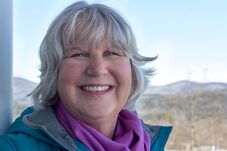 Peggy Rosen came to personal history work in 2017 from a background in Nursing and Healthcare Administration. She focuses on written story, helping clients share their stories as books, legacy letters and in Guided Autobiography classes. She’s passionate about the potential for personal connections created by written life stories. By Abigail Epplett While taking a “Museum & Digital Technology” class at Tufts University last fall, I was tasked with creating a system that utilized new technology and was beneficial to an organization in my community. I live in the Blackstone River Valley, a national park with a rich history whose story has not been fully told. I began thinking about the difficulties of collecting the oral histories of lifelong residents and being able to share them with the public. I realized that I could create an easy-to use interface that would allow personal historians to gather stories from millworkers using their computer or mobile device, along with spreading the stories online or through social media. (You can look at the process here.) The Blackstone River Valley has a long history as the “Birthplace of the American Industrial Revolution.” At the southern end of the valley, Slater’s Mill in Pawtucket, RI became the first water-powered mill in the United States in 1793. From then on, hundreds of mills in all shapes and sizes were built on the Blackstone River and its tributaries. Local people left their farms to work in the mills, while immigrants came from Europe and Canada to run the machines. Amazingly, this millworker lifestyle continued until the 1970s, when the last of the mills closed down. Because this way of life continued for so long, some of the former millworkers still live in the Blackstone Valley. The youngest are in their mid-seventies, while most remaining mill workers are older. Within a few years, the last of the millworkers will be gone, and their stories would be lost. When working alone, I didn’t have any funding to create a completed product. That’s where Blackstone Heritage Corridor, Inc. (BHC) came in. When the COVID-19 restrictions hit, I connected with BHC to begin a summer practicum under the supervision of Volunteer Coordinator Suzanne Buchanan. After pitching the idea to her, she arranged a Zoom meeting for me to seek support for the project. An initial meeting with BHC and National Park Service staff and volunteers was highly successful, and I was given the go-ahead to build the project, thanks to funding found by BHC director Devon Kurtz. I have been working with media expert Brad Larson to put my interface over his StoryKiosk framework, along with local historian and PHNN member Marjorie Turner Hollman to create a list of interviewing questions to guide the storytellers. To find millworkers who want to tell their stories, I hope to turn to a few different sources. During the early stages of recording, as I find the best way to interview millworkers using this new technology, I will collect the stories of local community members whom I have known for most of my life. Many local historical societies are run by the very same people who once ran the mills, and they have kept in contact with their fellow workers. The Rhode Island Manufacturers Association is another resource, as they connect the industries of the past to those of the present. I’m excited to begin collecting stories from the former millworkers of the Blackstone Valley. All of the stories will be held in a database that can be made accessible to other organizations related to the Blackstone Valley, like the Museum of Work and Culture in Woonsocket, RI. Selected stories will be shared on the BHC social media, including their Facebook page, Instagram feed, and YouTube channel, along with hopefully appearing in future exhibits once restrictions are lifted. If you know anyone who worked in the mills of the Blackstone Valley or had close family that worked in the mills, feel free to send them my way! My email is [email protected]. Bio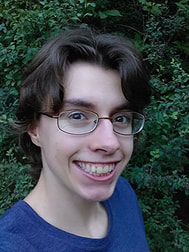 Abigail Epplett is a MA candidate in Museum Studies at Tufts University, focusing on informal education and American history. She recently completed a summer practicum with Blackstone Heritage Corridor, Inc., a non-profit organization affiliated with the Blackstone River Valley National Historic Park in Massachusetts and Rhode Island, and continues to volunteer with the National Park Service. Members and invited guest writers are welcome to submit posts, which will be approved, and edited. Personal business promotion will disqualify submissions. Author attribution with brief (50 words or less) bio and headshot is required. For information, email Marjorie Turner Hollman.
|
PHNNWe are an organization of professional Personal Historians from the New England States. Categories
All
|
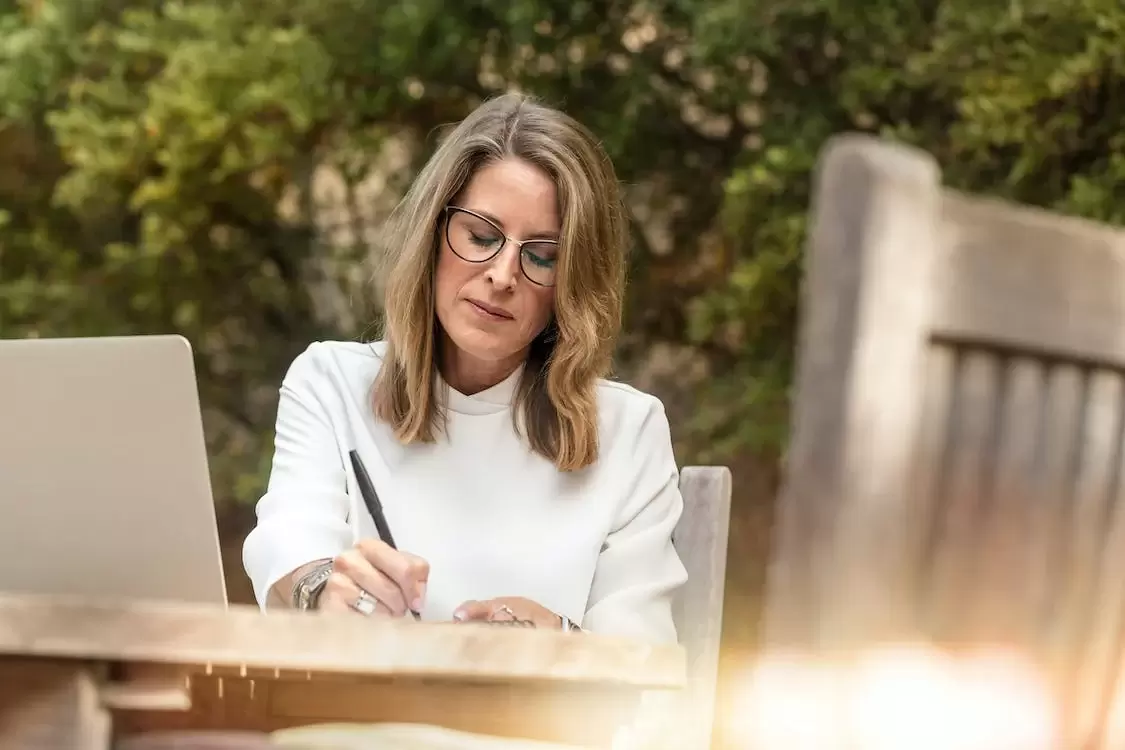
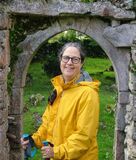
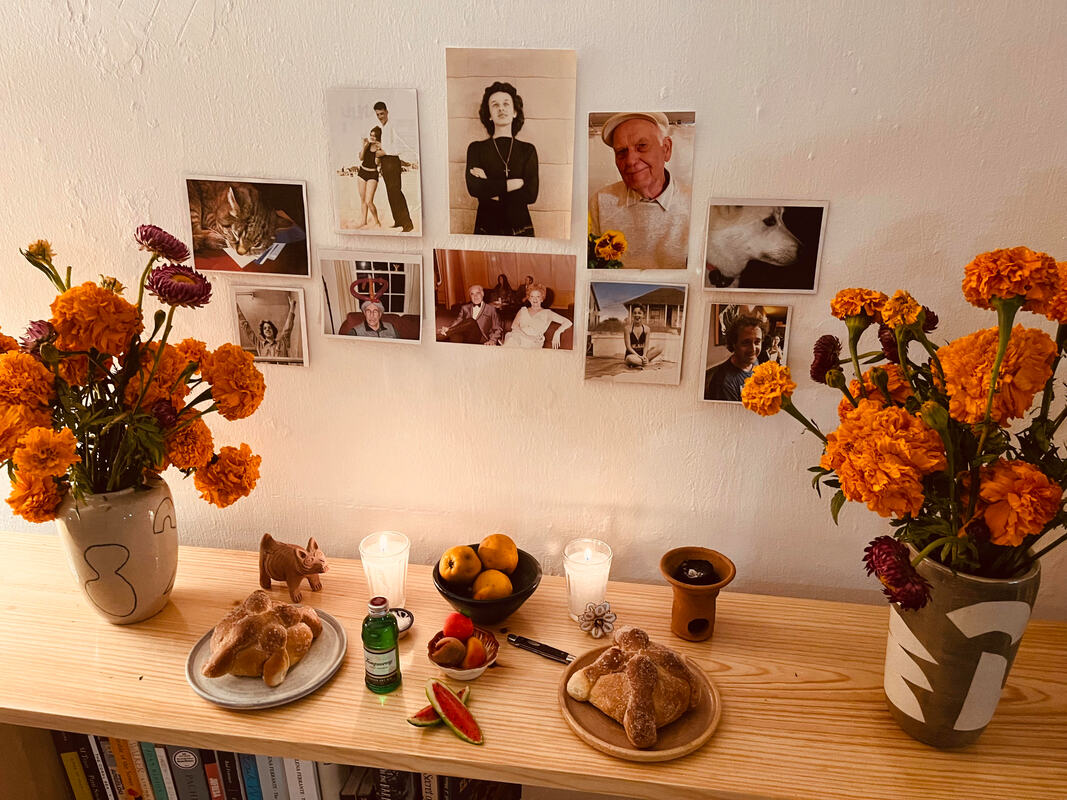
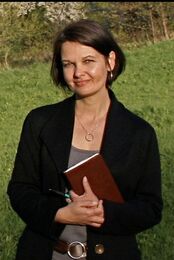
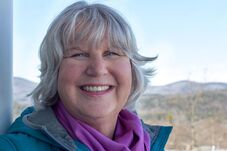
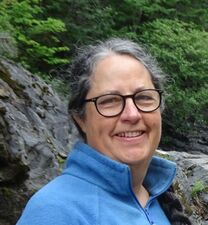
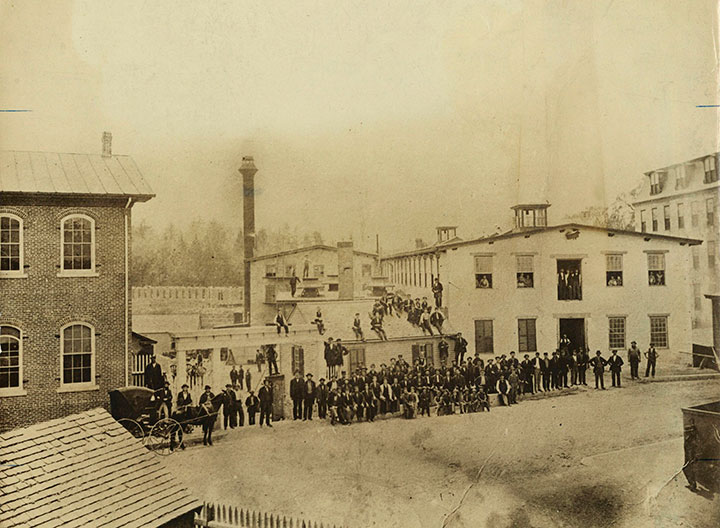
 RSS Feed
RSS Feed